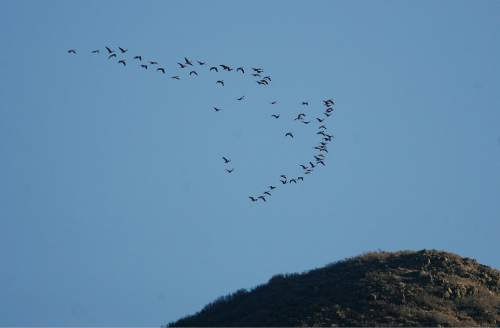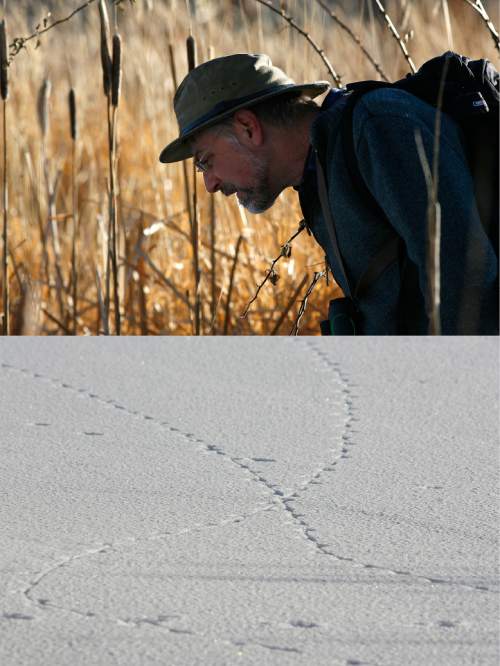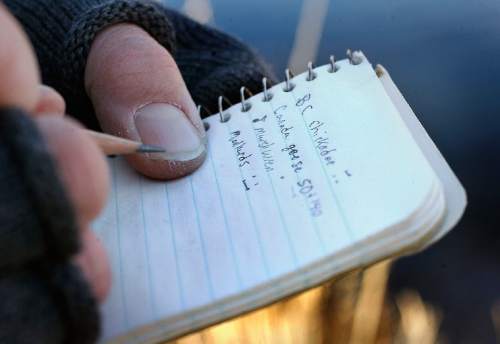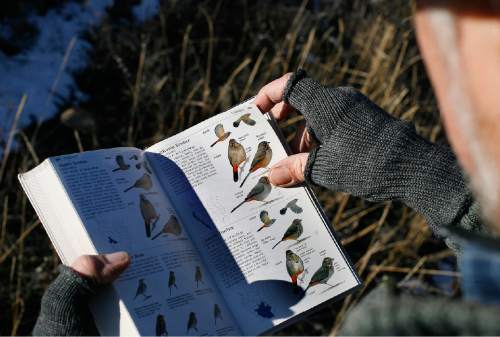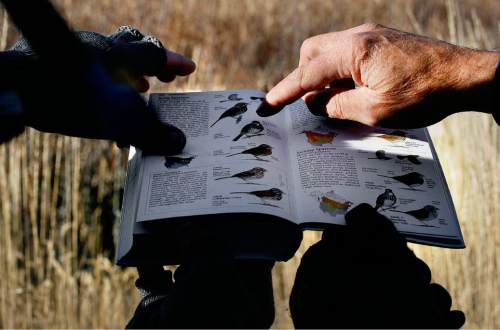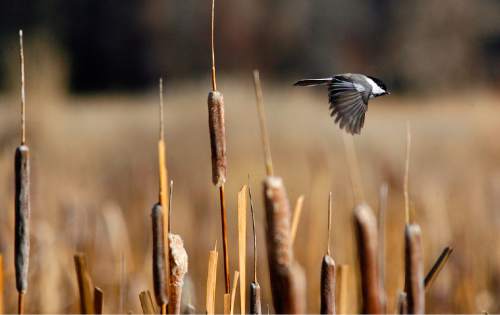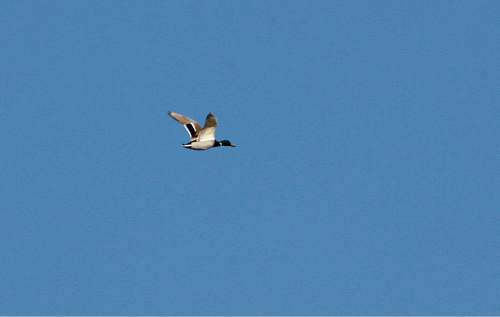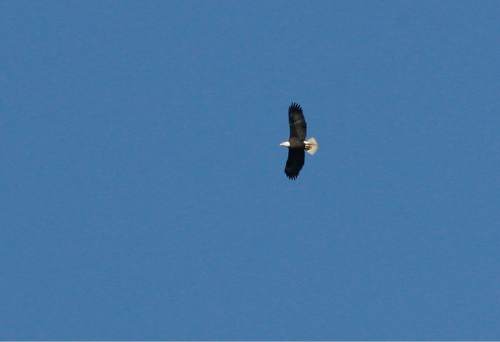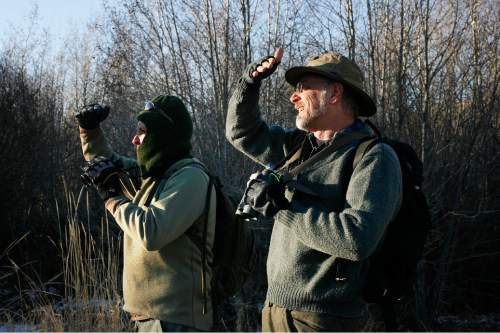This is an archived article that was published on sltrib.com in 2014, and information in the article may be outdated. It is provided only for personal research purposes and may not be reprinted.
Thousands of Utahns will be making a list and checking it twice in coming weeks.
But the list-making has nothing to do with gifts.
The 115th annual Audubon Christmas Bird Count gets underway this weekend across North America.
The free counts — which run Dec. 14 to Jan. 5 in Utah and range from Bear Lake to Antelope Island to St. George — create one of the largest citizen scientist surveys on the planet as people turn their eyes to the skies searching for birds in marshes, suburban parks and concrete jungles.
Across the country, a record number of counters — 71,659 — participated in bird counts last year, racking up an astronomical number of birds — 66,243,371 — and more than 2,403 species.
Longtime birders and others new to the Christmas count contributed to the cause.
Keith Evans of Ogden, who attended his first count in 1960, has been compiling the results of the Utah and Wyoming counts for more than a decade.
Evans reported that there were 20 counts in Utah last year, documenting a high bird species count in the state — 194.
Utah's number of species ranged from 180-189 for years until the 113th count in 2012, when 192 unique species were spotted.
While a massive invasion of snowy owls was documented on the East Coast during the count, the Intermountain states' counts generated much more routine sightings in their 114th year.
The most exciting report came from a count in St. George, where one streak-backed oriole was spotted. The streak-backed oriole is considered a rare visitor from Mexico.
Evans noted the Salt Lake City count had 19 participants under the age of 19 last year.
"It's always good to involve the youth in these activities," he said.
Three of Utah's Christmas bird counts exceeded 100 species.
Other highlights of the 2013 count include:
— Wintering American robin populations have remained fairly stable in Utah and last year was a "banner" year, Evans noted, with 13,819 counted.
— Last year also was good for cedar waxwings, with 2,519 counted. The 5-year average through 2012 was 1,876.
— Bohemian waxwings, on the other hand, were missing last year. Only two were spotted, compared to 3,092 during the 108th count.
— Cold temperatures in late November and into December iced over many of the waters and waterfowl had already moved south in migration.
Twitter: @BrettPrettyman —
Sign up for the Audubon Christmas Bird Count
I Bird counts as part the annual Audubon event are held in Utah Dec. 14 to Jan. 5. Find a list of all the counts at http://netapp.audubon.org/cbc/public/search.aspx


